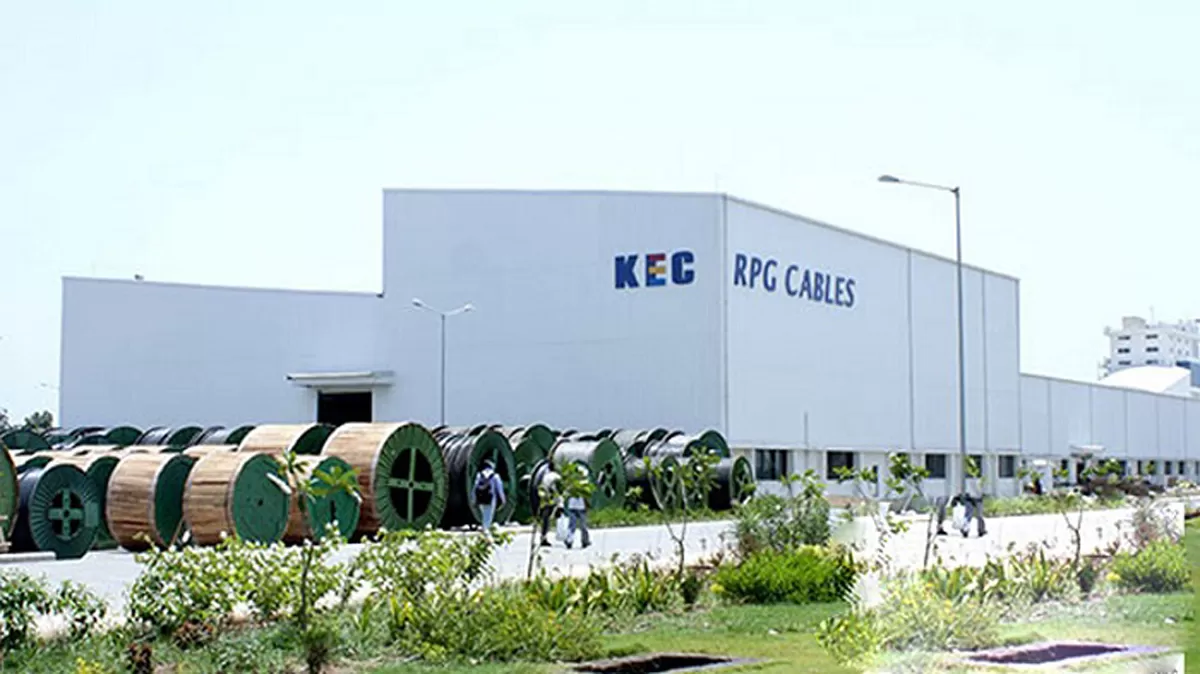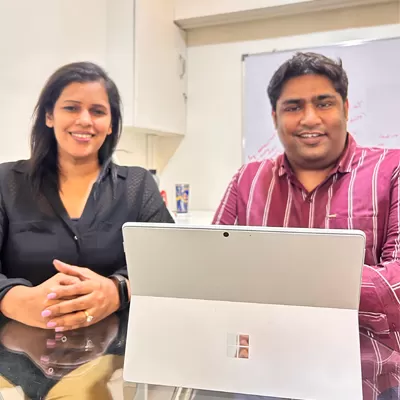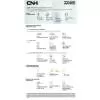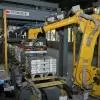Pre-engineered Success
01 Jun 2012
6 Min Read
Editorial Team
The new production plant of Precast India Infrastructures enables the company to open up new markets in a short period of time.
As a one-stop precast solution provider, Precast India Infrastructures recently opened a new production plant that includes its new range of solid walls and floors and floor slabs. The plant was developed by Vollert Anlagenbau of Weinsberg. Vollert has supplied the technical know-how and modern technologies for the plant, besides configuring the production processes to the local conditions in the country.
Initial sketch
Vollert first created 3D planning models that included drawings for foundations and pits for the individual processing machines and pallet transport system. Some components like shuttering pallets were made in India in order to match the plant technology to local conditions and reduce transport and customs charges.
With an hourly production capacity of 120 sq m precast concrete parts, a semi-automated pallet circulation system was selected for the project. To manufacture solid walls, floors, and floor slabs, pallets with dimensions of 12.50 x 3.50 m and a maximum production width of 3.20 m were required. This enabled the company to manufacture approximately 25 to 30 sq m of precast concrete parts per pallet per hour.
The pallet circuit occupies an area of 170 m x 25 m and is designed to be flexible. With this, the company can expand its production capacity by adding more pallets and an enlarged curing chamber. Also, the subsequent expansion of the product range can include double walls or precast elements with core insulation.
Where jobs require an especially flexible response, the pallet can be moved across from one line to the other. Such cross-transport is performed by cross-lifting cars, which are powered electrically using a cable carrier system. After these cars have been precisely positioned under the pallet, the pallet is lifted hydraulically, and an electronic synchronous run-control system ensures that it moves precisely across to the new position.
Operations involved
Initially, the operation in the process involves placing the shuttering profiles on the pallet. This is done either manually or by using a prefabricated shuttering frame using a mobile handling crane. Further, inserted parts such as sockets and window or door frames are placed in position, and the separating agent is applied so that the precast element does not adhere to the pallet. A reinforcement is inserted, and the pallet is moved to the concreting station. The concrete spreader, controlled by a mobile operating platform, is moved across the support gantry to a position directly under the concrete mixing unit, which then fills the discharge hopper. After securing the pallet on the compacting station, the concrete spreader discharges the concrete on the pallet. To ensure precise dosage, the spreader is equipped with nine discharge screws.
The concrete is then compacted at a combined vibrator/shaker station. A low-frequency compaction is achieved by an optimum sinusoidal shaking movement, which generates low noise level. Also, the concrete compaction can alternatively or additionally be performed at an integral high-frequency vibrator station, the energy for which is transmitted from eight external vibrators acting on the roller blocks of the pallet.
A floor-guided automatic storage and retrieval machine (AS&RS), specified for a safe working load of 25 tonne (the tare weight of the pallet plus the weight of the concrete) then automatically transfers the pallet into the curing chamber. Its rack doors are activated using a segmented door opener. The pallets move with the help of friction wheels and a pushing and pulling device. With a view to keep on-going operating and maintenance costs low, the AS&RS provides protection against cable breakage. Moreover, Vollert uses a springing system for the cable support, which, in the event of the cable getting overloaded, takes up the respective tensile force in a set of springs, thus preventing cable breakage. Directly opposite the existing curing chamber is an area with a foundation for two further tower racks with bays for a total of 28 pallets.
For solid walls and slabs, the precast elements, after being cured for three hours, are transported to the workstation for trowelling, which is located on an upper working level, directly above the production line. Once the desired surface quality has been achieved, the pallet is returned to the curing chamber for further curing. And, as the final curing time elapses, the pallet along with the desired precast concrete part is discharged from one of the outer tower racks for release from the shuttering.
For double walls, a pallet turning device can be installed and integrated into the pallet circuit. The first shell can be transported directly through the trowelling station to the turning area. An optimum connection between the curing chamber and the pallet turning device can be implemented later.
After the removal of the shuttering profiles from the pallet, a tilting table in the following workstation tips the solid elements thus released at 80°. These can be gently lifted off the pallet. Also, a handling crane is used to stack floor slabs horizontally on the receiving cradle before they are transported outdoors. The shuttering profiles are then manually cleaned of concrete adhesives and fed back into the pallet circulation system.
Work procedures
All the components within the system are monitored via a central visualisation computer. This helps configure the entire plant and also displays the production data. The process machines are controlled through a total of 19 control panels, each of which is located at respective workstations. And, the overall automation of the plant was designed by Vollert’s engineers in close cooperation with Precast India Infrastructures.
On his part Debashish Roy, Country Head, Vollert India Pvt Ltd, comments, “We are delighted to have extended our circle of satisfied customers with Precast India Infrastructures.” With this new plant, Precast India has opened up the market in a very short time and satisfied India’s high demand. As Ajit Bhate, Managing Director, Precast India Infrastructures, says, “The expansion options put us in the position to achieve higher capacities in the future or to add further product lines such as double walls.”
(Communication by the management of the company)

















